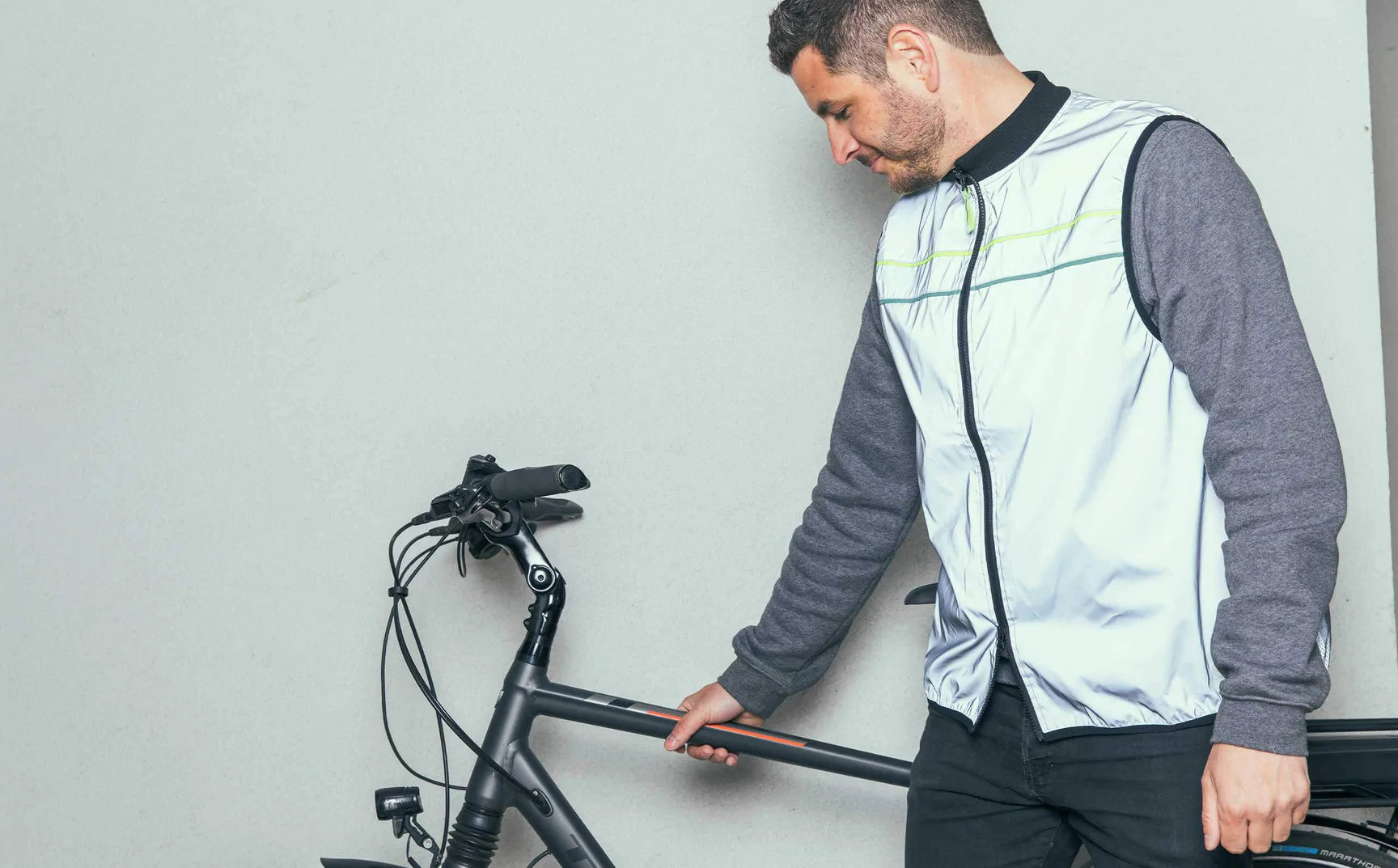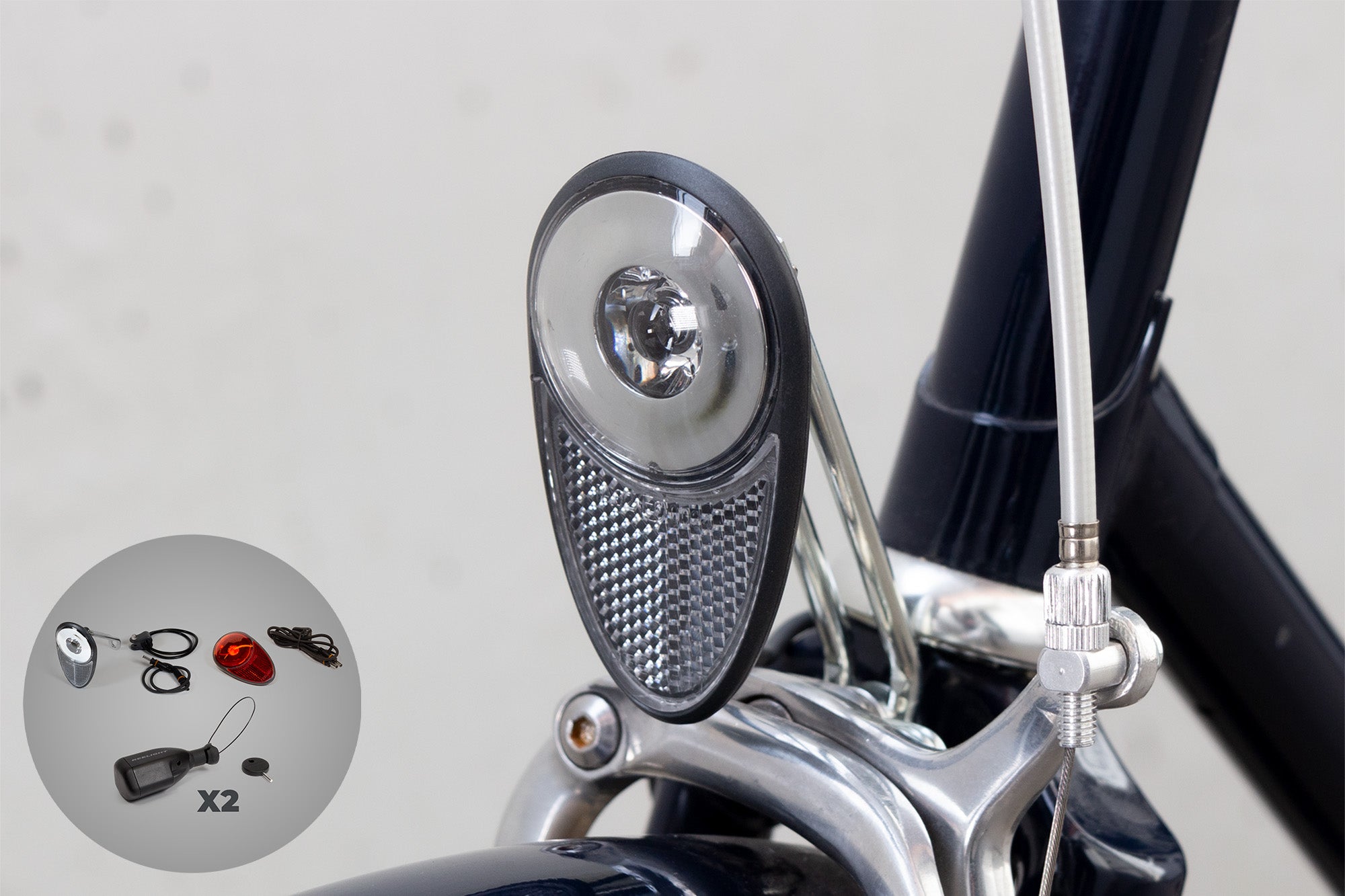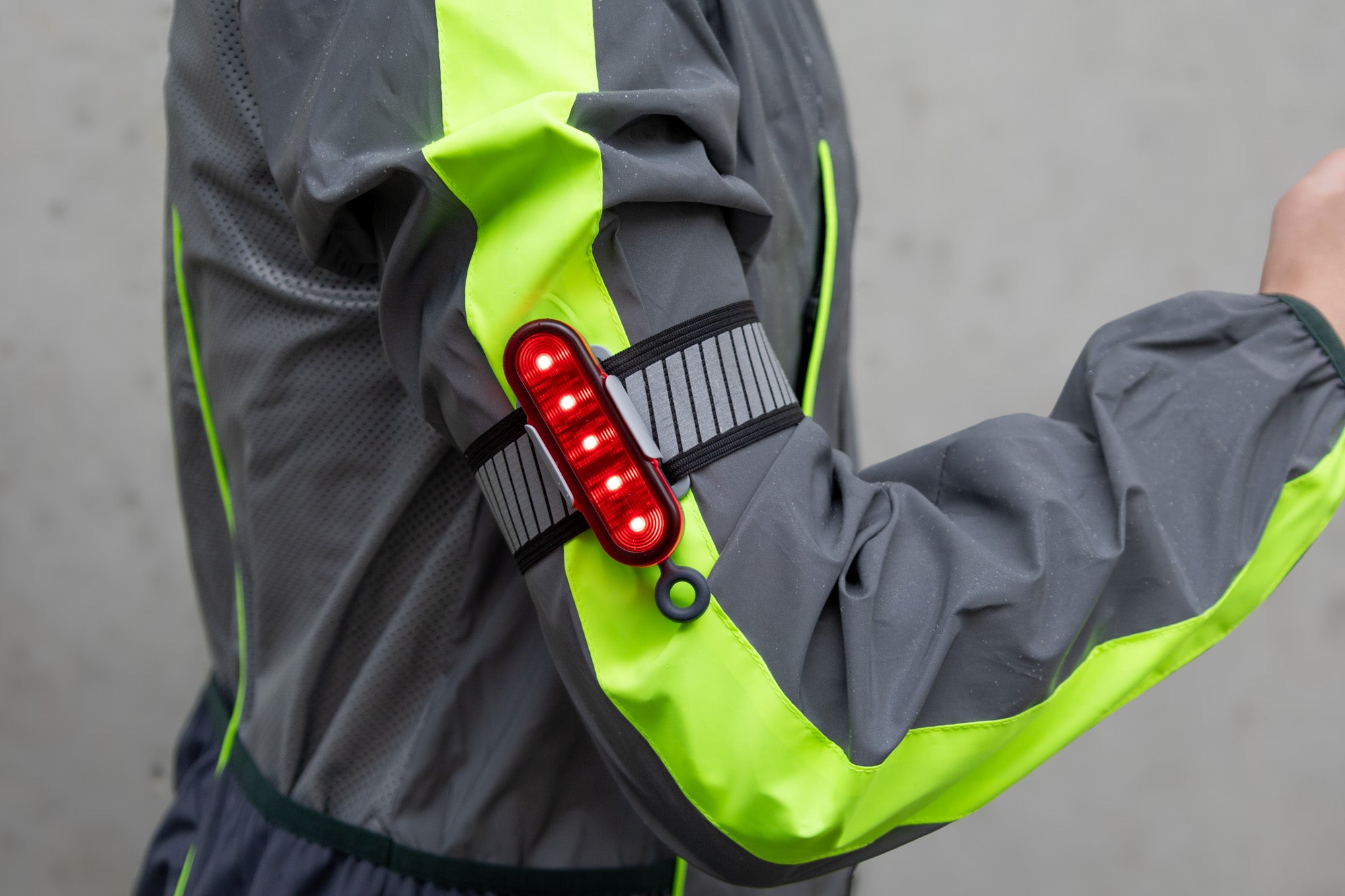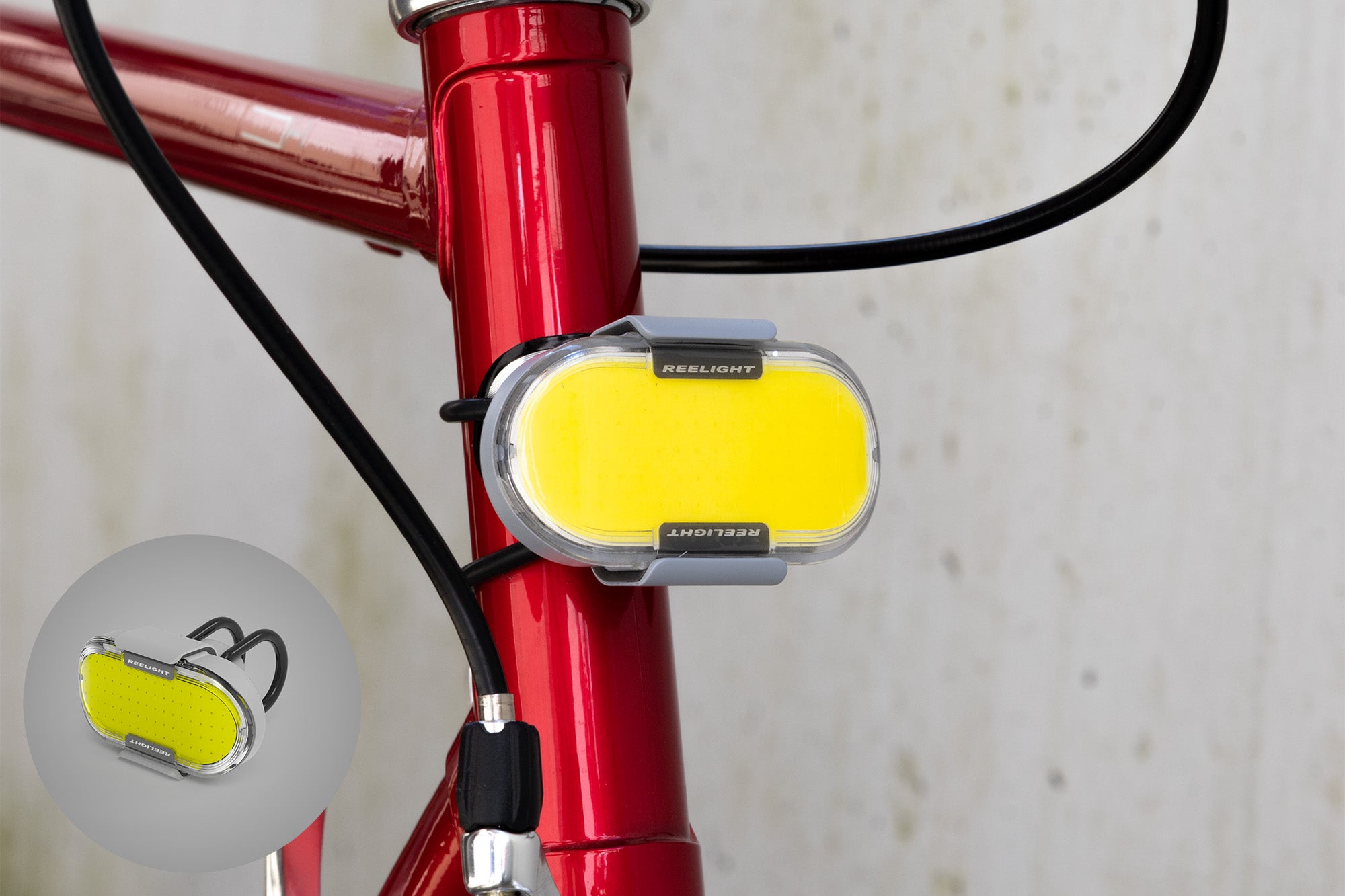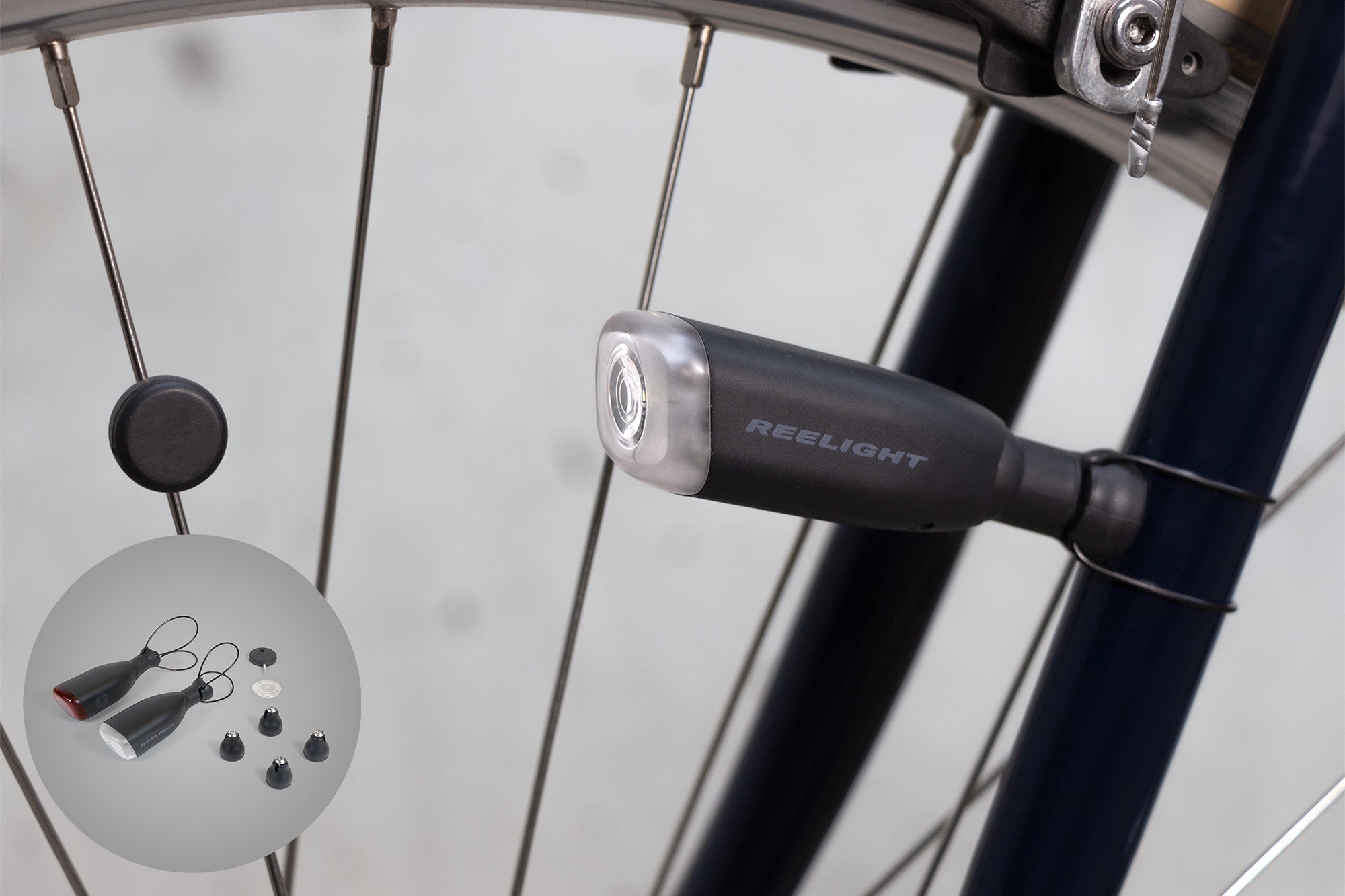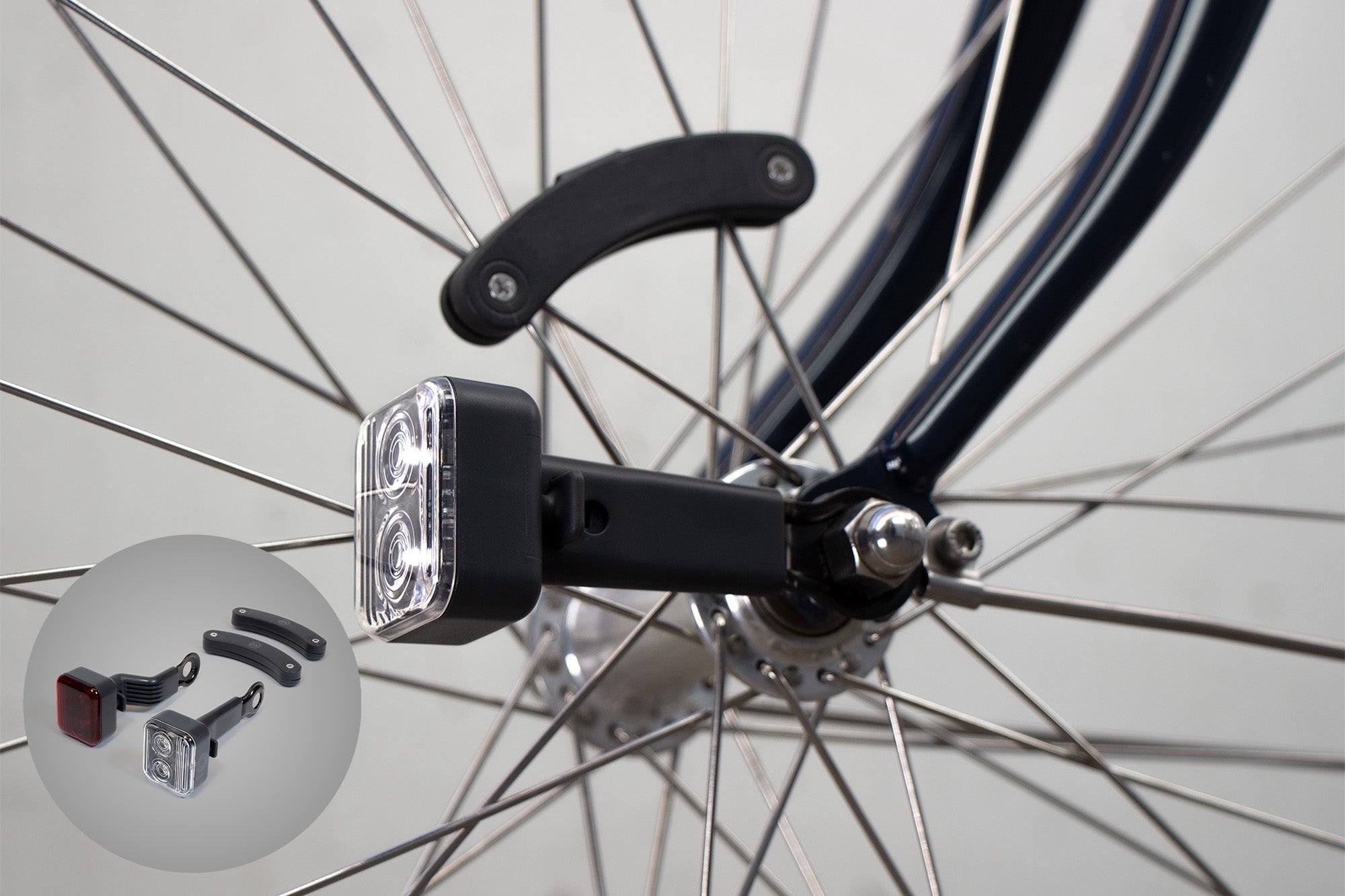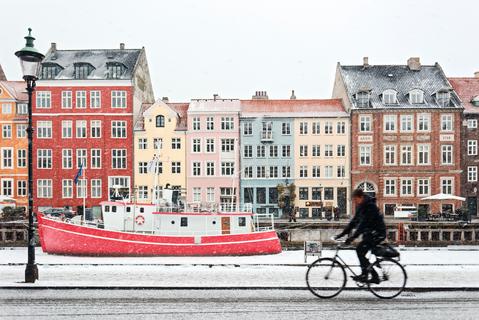
The Copenhagenisation of cycling
When you’re building a city from scratch, such as Milton Keynes in the UK 50 years ago, you have the opportunity to consider cycling and create a network of cycle paths that keep cyclists safe. For example, Milton Keynes has so-called Redways: 322km of segregated bike routes that weave in and out and under the towns road grid. But designing cycling back into an established old city is not so easy. The first cycle path in Copenhagen was built in 1892 and marked the start of a popular cycling phase. And pedal power was very much in vogue for many years, right up to the Second World War, when fuel rationing provided even greater incentive to go by bike.
But, post-war, a couple of things happened that very nearly killed off cycling in Denmark’s capital. People got more wealthy and cars became cheaper and more plentiful. As more cars hit the streets, it was the motorist that began to influence transport infrastructure design. Everything became seen from the driver’s perspective. Cycle routes became compromised or removed and cycling became more dangerous.
So it was hardly surprising that cycle usage fell to 10% by the early seventies. Years later, however, it was an energy crisis that kicked off the renaissance of the pushbike. Attempts to conserve fuel, such as car-free Sundays, made Danes switch to two wheels.
Meanwhile, growing membership of cycling pressure groups led to demonstrations demanding better, safer conditions. This gradually created a sea-change in attitude. Eventually, there even emerged a Cycle Policy, which began to set ambitious targets to promote cycling, followed by an Action Plan for Safe Bicycle Traffic. Streets and intersections at accident black spots were remodelled, bridges built and routes made for cyclists that gave them an advantage in traffic.
From now until 2025, the plans get even more far-reaching, not least because, in a city aiming to be carbon neutral very soon, bikes are the perfect solution if facilities can make cycling even more attractive. Copenhagenising, as it is known, is not without its critics. Research shows that many citizens feel that the cyclist has become overconfident, jumping lights and cycling too fast in built-up areas. But city bosses have calculated that cycling brings a net gain of 1.22 DKK per kilometre, compared to a net loss of 0.69 DKK for a car. So, as the car begins to lose the environmental argument, it has already lost the economic one, at least in Copenhagen.


